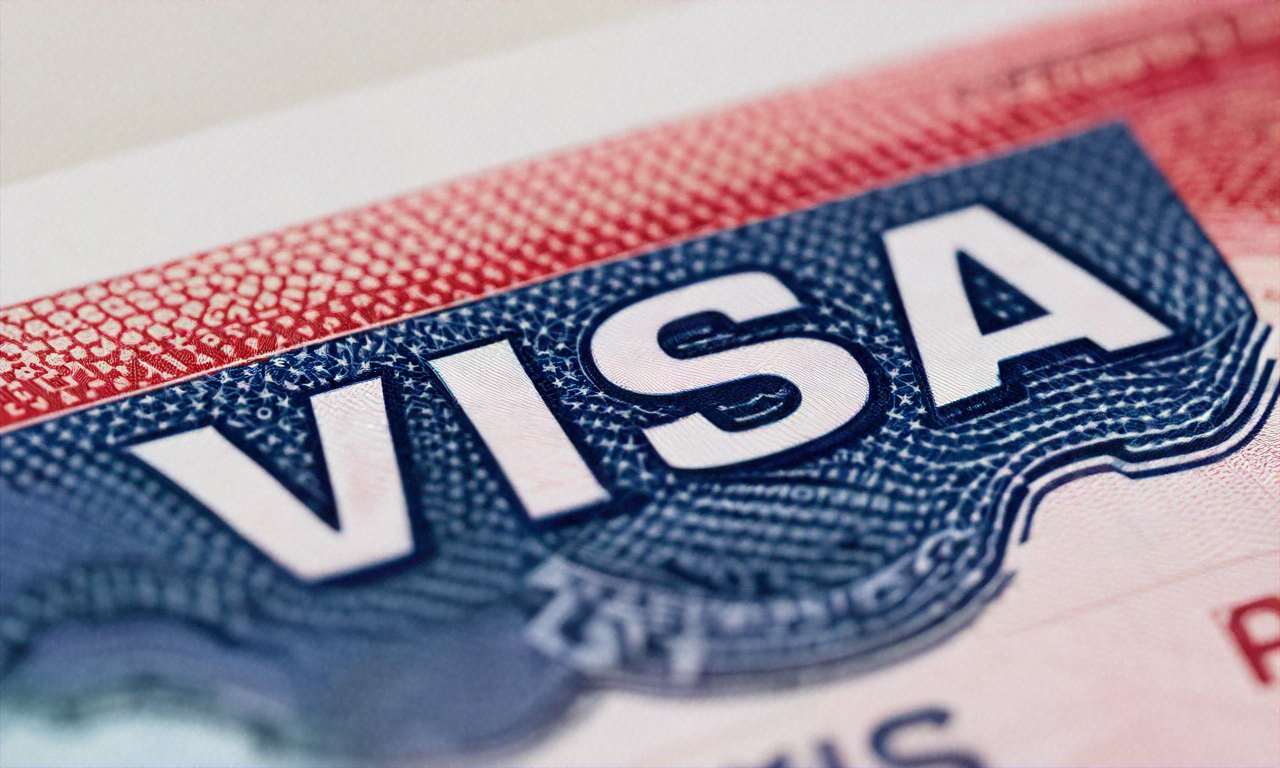Understanding the U.S. Visa Lottery: How Applicants Navigate Choices and Expectations
The U.S. Diversity Visa program attracts interest across Europe, with many people exploring how the lottery works, what information is required, and which factors influence the overall application journey. While the selection process remains random, applicants often focus on timing, documentation, eligibility criteria, and regional considerations. Looking at how people prepare and what they pay attention to provides a clearer view of the decisions involved in participating in one of the most well-known immigration programs today.

The Diversity Visa Program represents one of the most accessible pathways to U.S. permanent residency for eligible individuals worldwide. This government-administered program operates on a lottery system, where winners are selected randomly from qualifying entries submitted during the annual registration period.
Eligibility Factors That Matter in the DV Process
Successful participation in the Diversity Visa Program requires meeting specific eligibility criteria that extend beyond simple nationality requirements. Applicants must be natives of countries that have sent fewer than 50,000 immigrants to the United States over the previous five years. Additionally, candidates need either a high school education or its equivalent, or two years of work experience within the past five years in an occupation requiring at least two years of training or experience.
Educational qualifications play a crucial role in determining eligibility. The program accepts various forms of secondary education completion, including vocational training programs that meet specific duration requirements. Work experience must be verified through detailed documentation, and the occupation must appear on the U.S. Department of Labor’s O*NET database with the appropriate skill level classification.
How European Applicants Prepare Their Entries
European participants in the Diversity Visa Program often demonstrate higher success rates due to systematic preparation and attention to detail. Many European applicants begin preparing their documentation months before the registration period opens, ensuring all required materials meet the strict program specifications.
The preparation process typically involves gathering educational certificates, obtaining official translations when necessary, and preparing employment verification documents. European applicants frequently utilize professional photography services to ensure their submitted photos meet the technical requirements, as photo-related disqualifications represent one of the most common reasons for entry rejection.
Many European countries have established informal networks and information-sharing communities where previous participants share experiences and guidance. These communities often provide valuable insights into common pitfalls and successful strategies for completing the application process.
Understanding Documentation and Photo Requirements
The Diversity Visa Program maintains strict documentation standards that applicants must follow precisely. Photo requirements include specific dimensions, background colors, and technical specifications that must be met exactly. Digital photos must be recent, showing the applicant’s full face with a neutral expression, and taken against a white or off-white background.
Documentation requirements vary based on the applicant’s educational background and work experience claims. Educational documents must be official transcripts or certificates from recognized institutions, often requiring official translations and authentication. Employment verification requires detailed letters from employers, including specific information about job duties, employment dates, and skill requirements.
The program’s technical requirements extend to the online submission process, where applicants must navigate the official government portal during the designated registration period. System capacity limitations and technical issues can affect submission success, making early submission advisable.
Common Misconceptions About the Visa Lottery
Several persistent misconceptions surround the Diversity Visa Program that can lead to disappointment or fraudulent schemes. One widespread belief suggests that multiple entries increase winning chances, when in fact submitting more than one entry per person results in disqualification of all entries from that individual.
Another common misconception involves the belief that certain countries or regions have better odds of selection. While the program allocates visas by geographic region to ensure diversity, individual chances remain random within each region’s allocation. The program does not favor applicants based on occupation, education level beyond minimum requirements, or other personal characteristics.
Fraudulent services claiming to improve selection chances or guarantee visa approval represent significant concerns. The official program is free to enter, and no legitimate service can influence the random selection process. Applicants should only use the official government website for submissions and information.
Regional Differences in Participation and Interest
Participation rates in the Diversity Visa Program vary significantly across different regions and countries. Some countries consistently show high participation levels, with millions of entries submitted annually, while others demonstrate more modest interest levels.
Cultural factors, economic conditions, and historical migration patterns influence regional participation rates. Countries experiencing economic challenges or political instability often see increased participation, as residents seek opportunities for better living conditions and economic prospects.
The program’s regional allocation system ensures that no single region dominates visa awards, but competition levels vary dramatically. Some regions may have hundreds of applicants competing for each available visa, while others may have more favorable odds due to lower participation rates.
Information accessibility also affects regional participation patterns. Countries with better internet infrastructure and higher English proficiency rates often show more informed participation, with applicants better prepared to meet technical requirements and avoid common mistakes.
The Diversity Visa Program continues to provide opportunities for qualified individuals seeking permanent residency in the United States. Success requires careful attention to eligibility requirements, precise documentation, and accurate completion of the application process. Understanding these requirements and avoiding common misconceptions helps applicants maximize their chances of successful participation in this competitive program.




